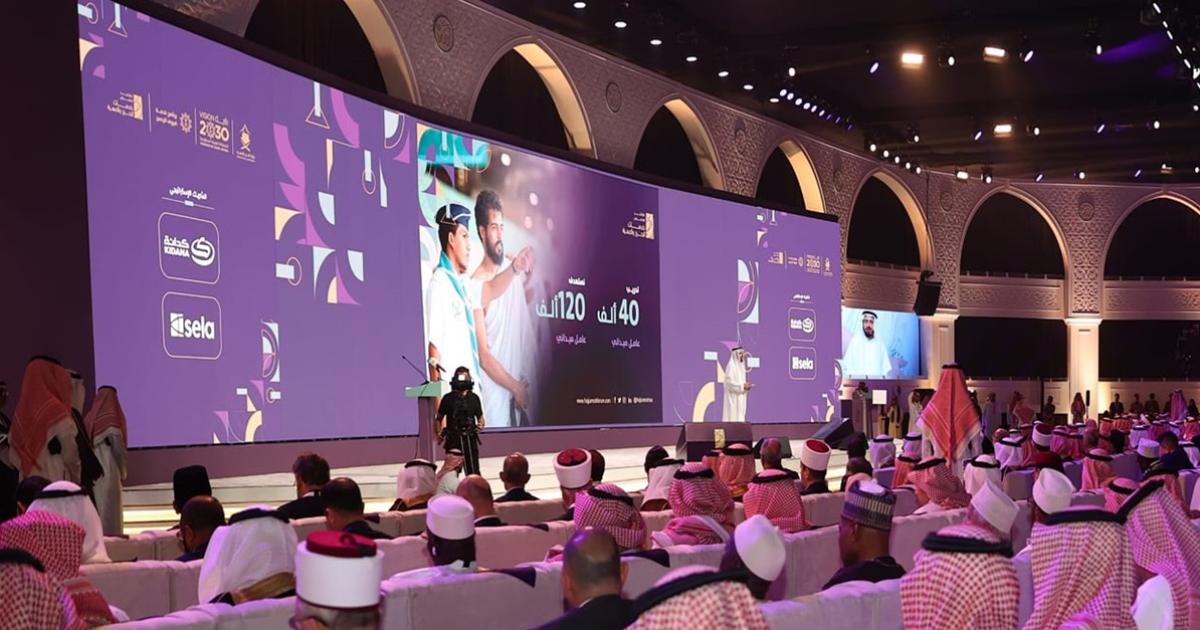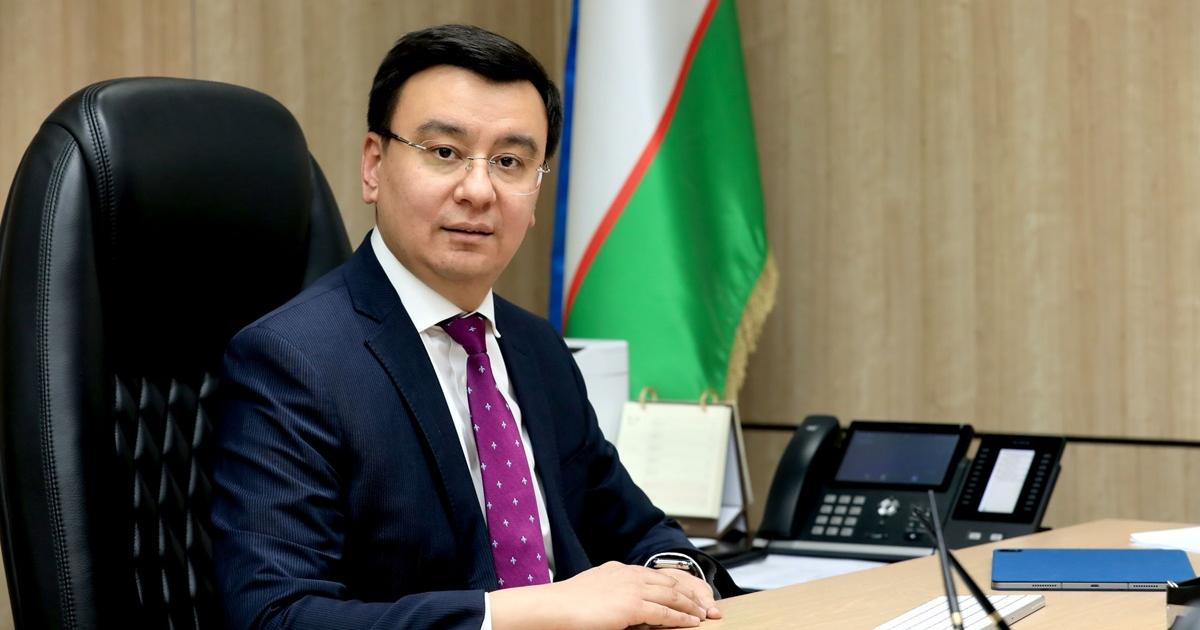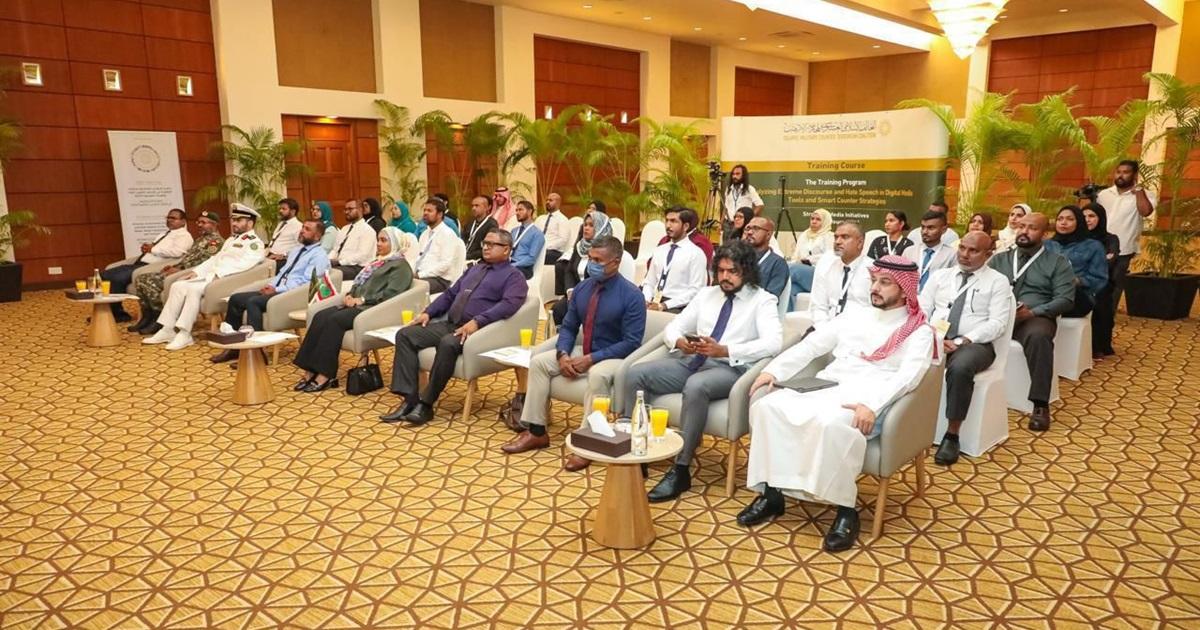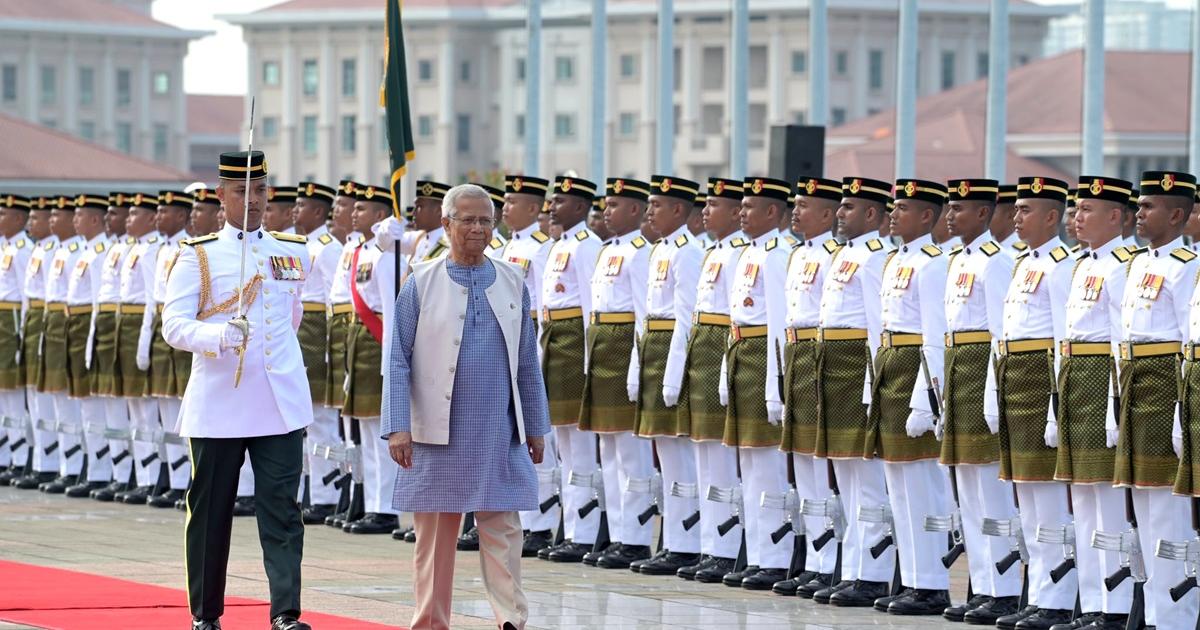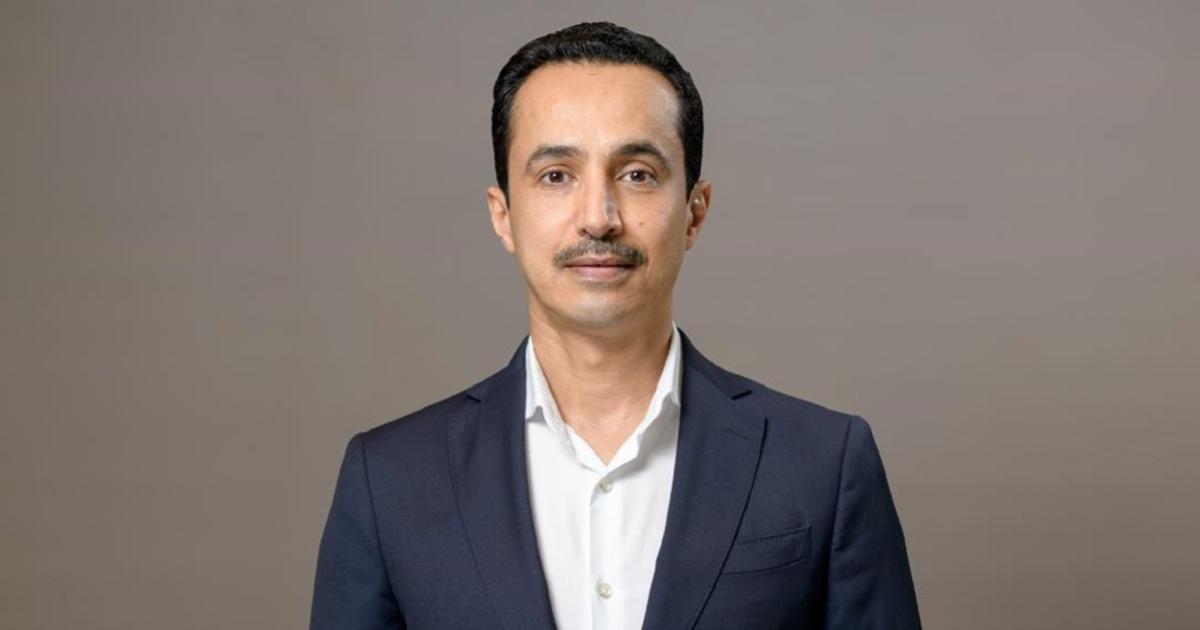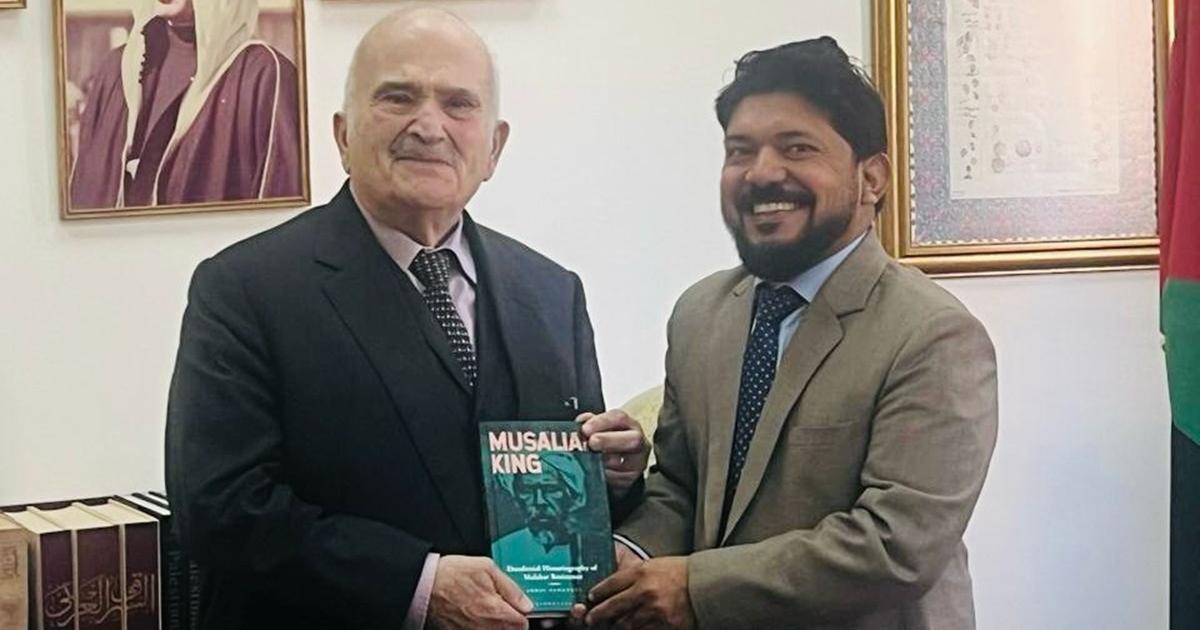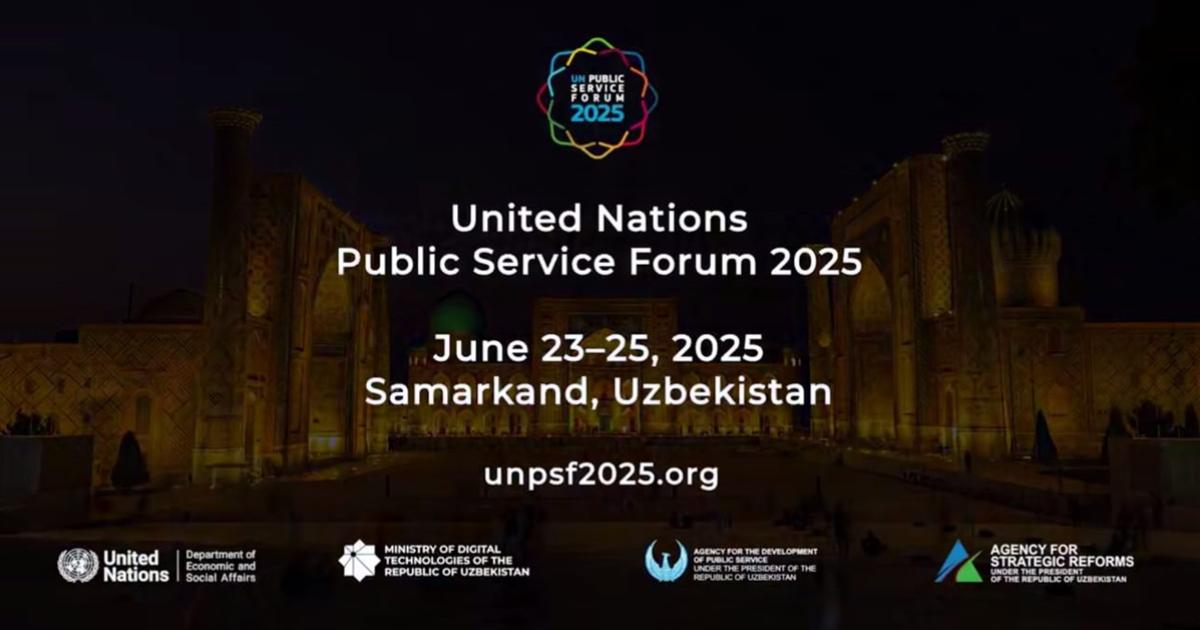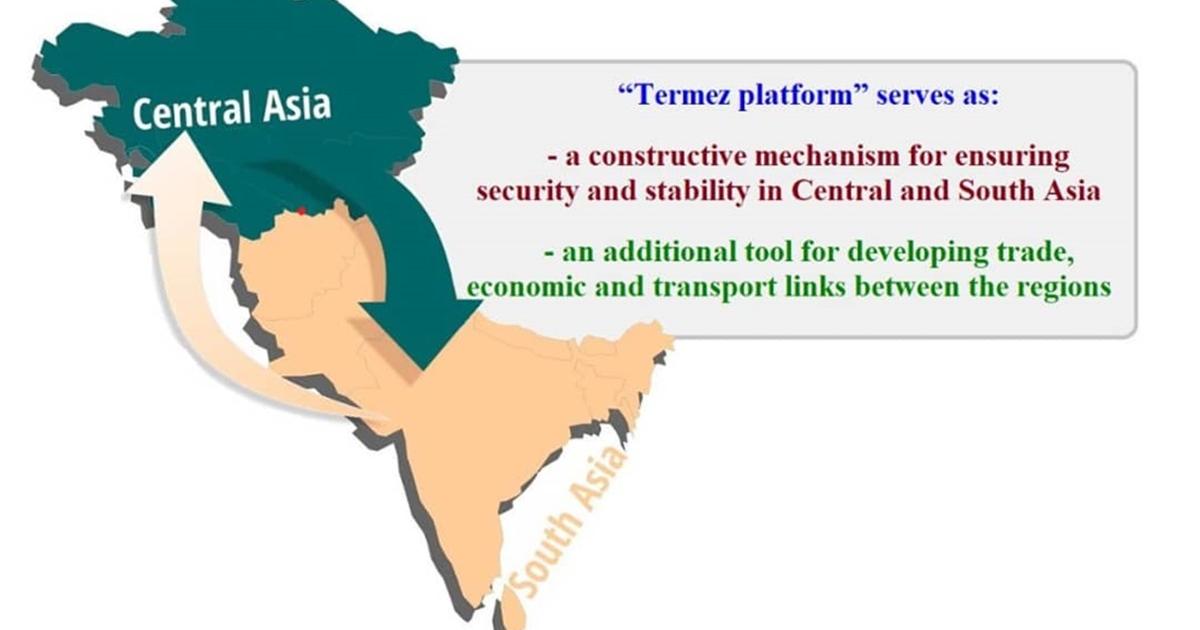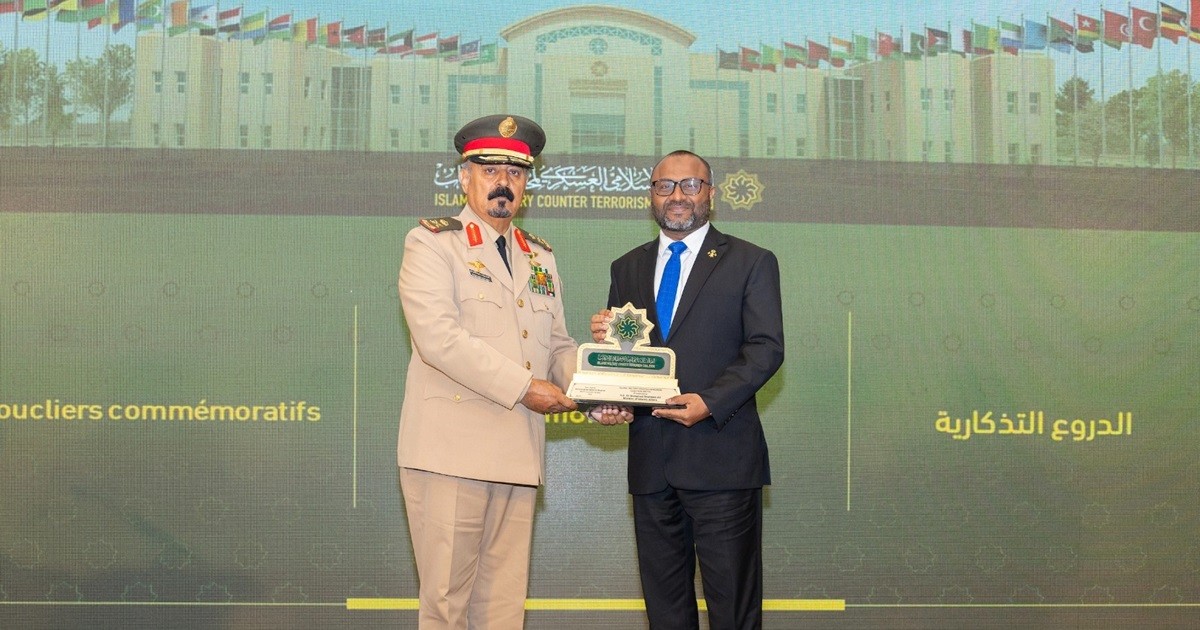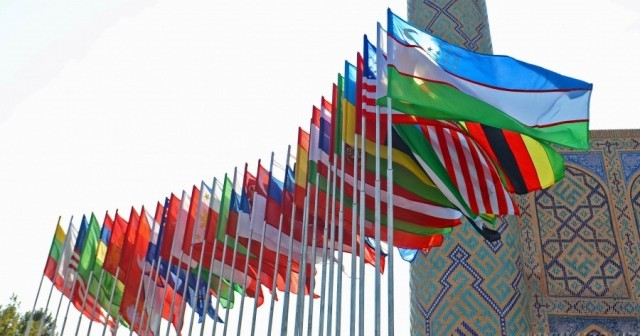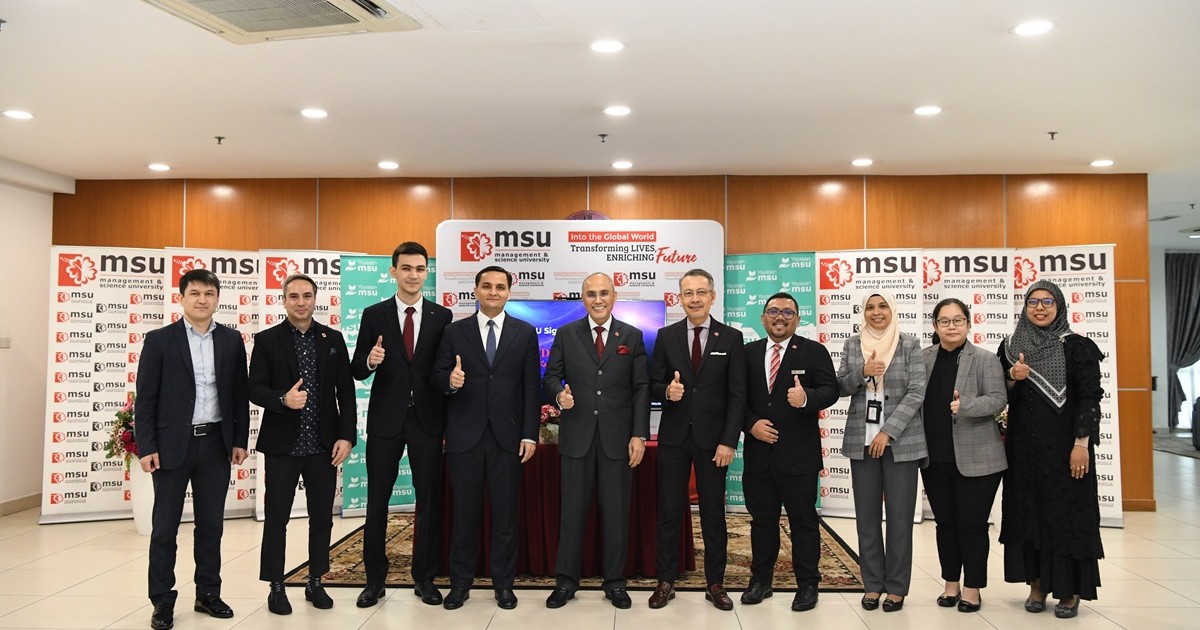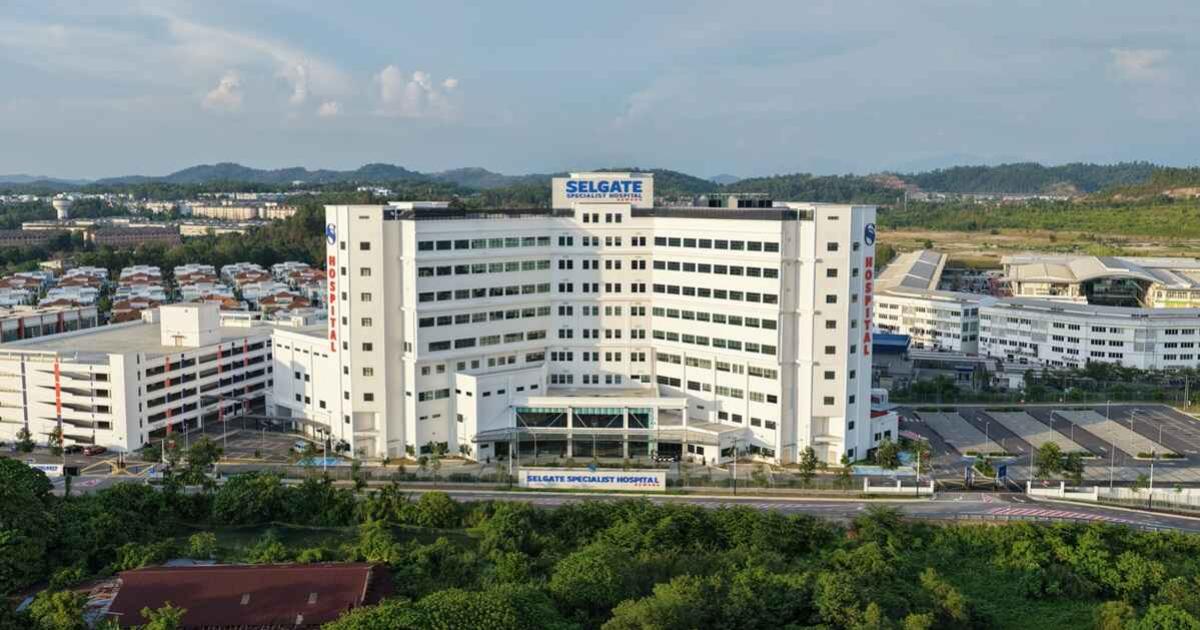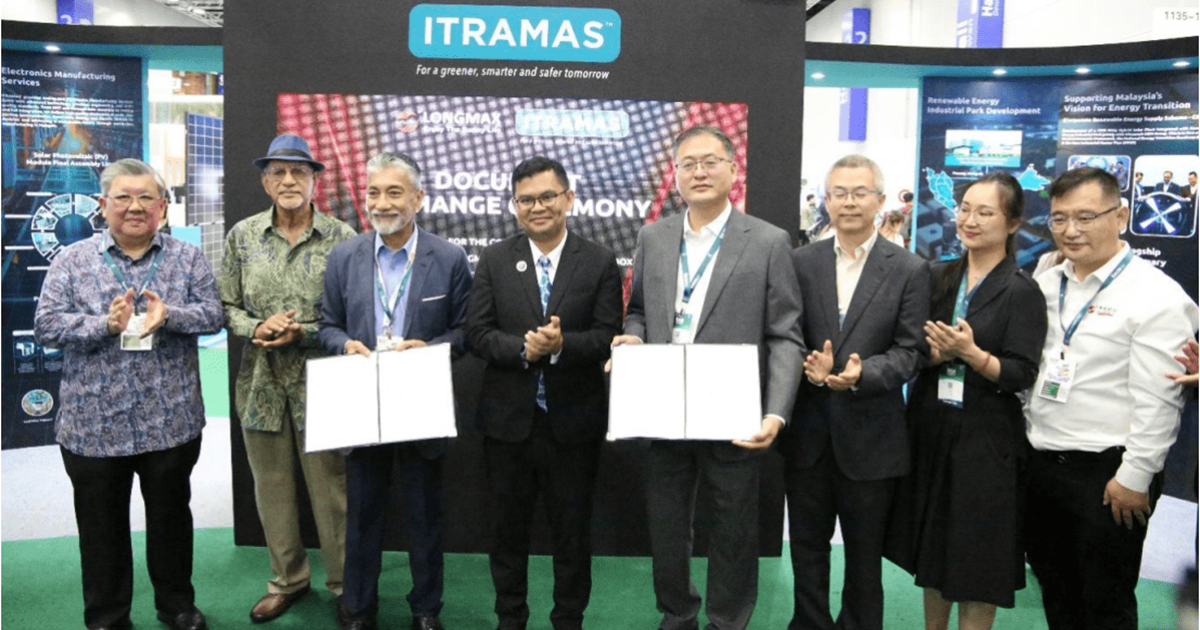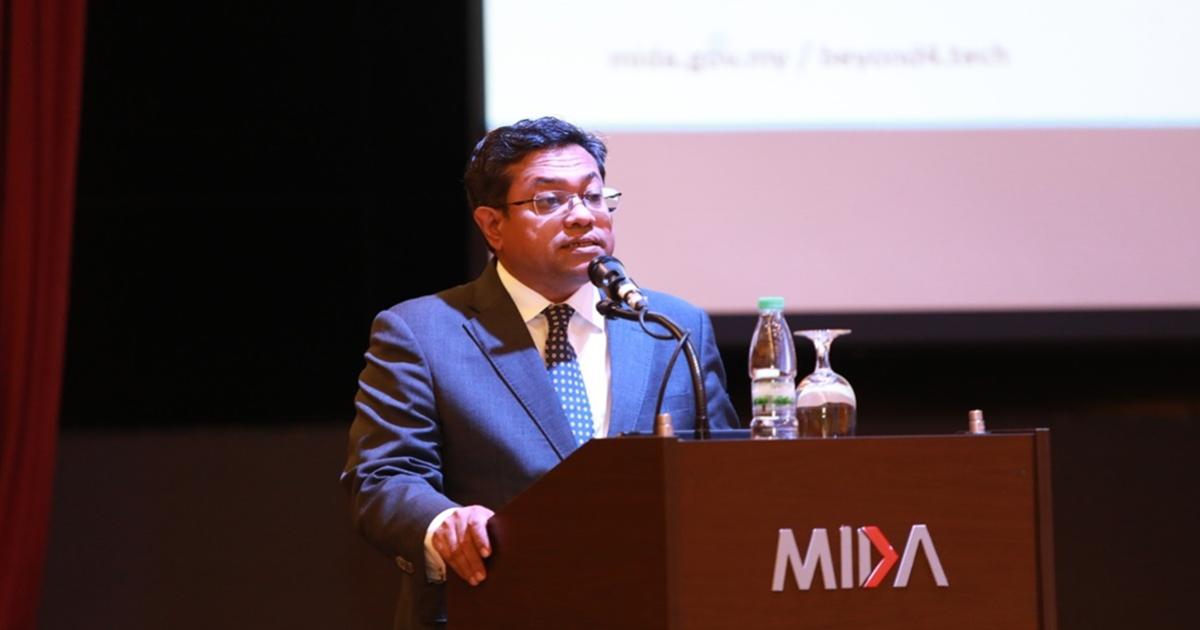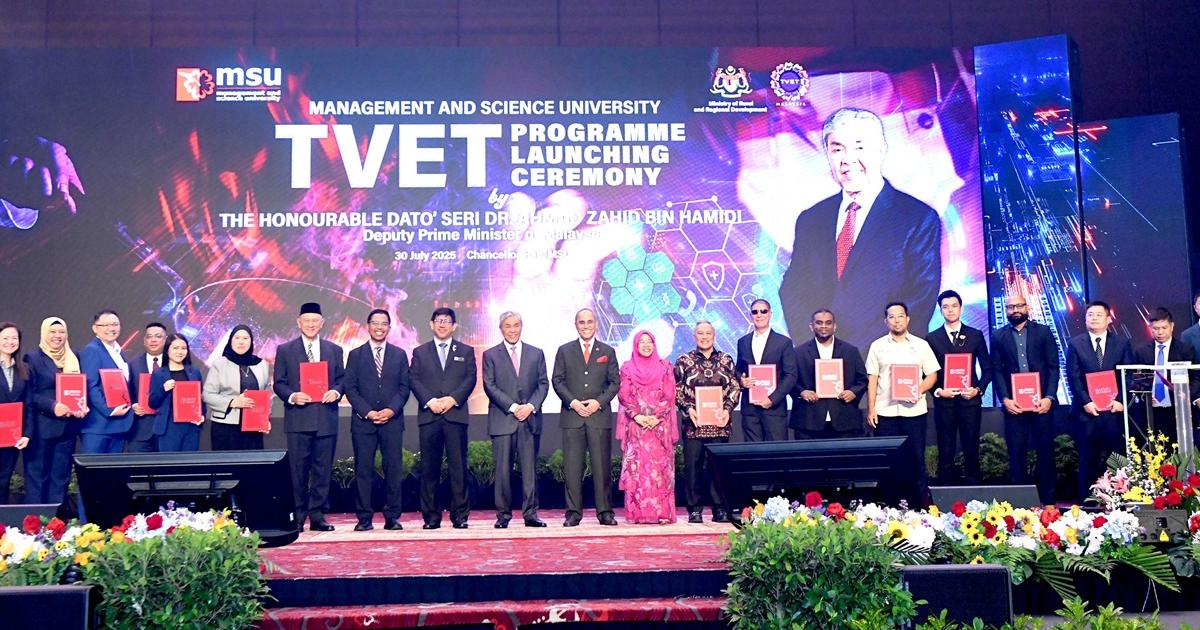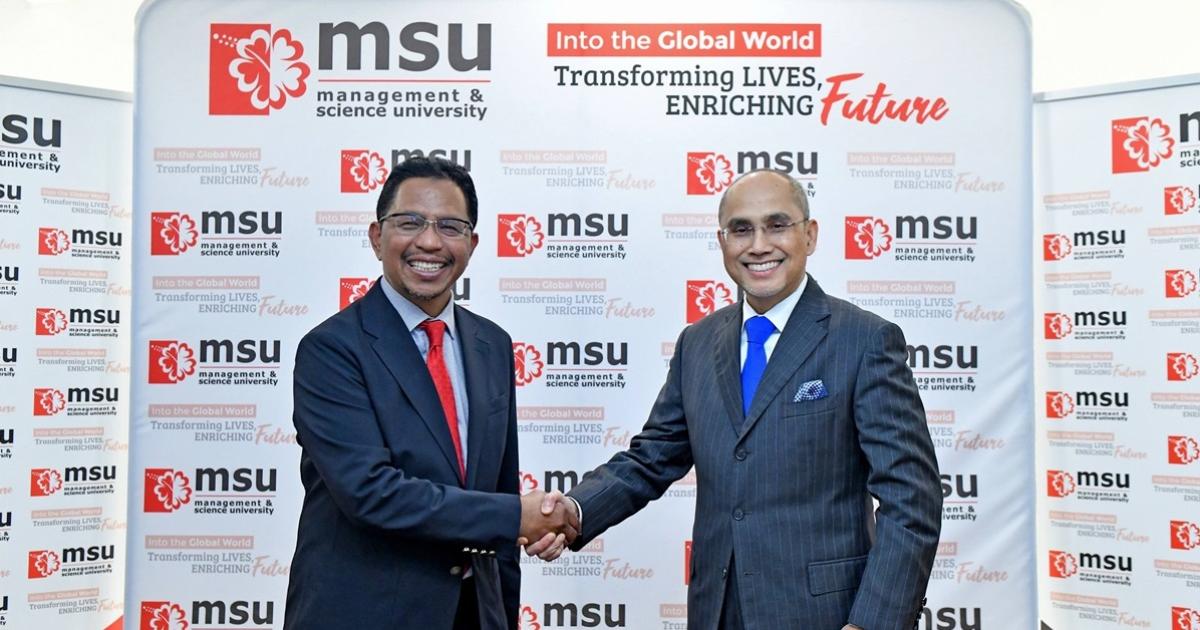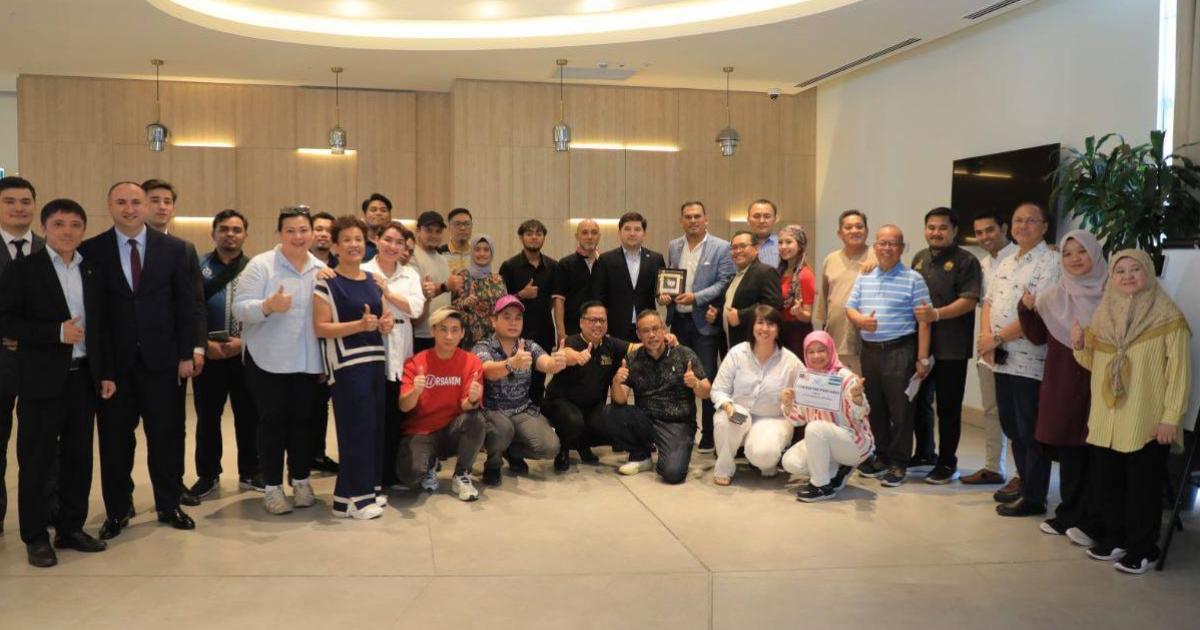
By: Abdullah Bugis
Journalist and Writer, based on Kuala Lumpur
In the grand theater of international relations, embassies are more than mere buildings. They are living embodiments of a nation’s aspirations, a compass pointing toward shared values and ambitions. The recent relocation of Qatar’s embassy from Kuala Lumpur to Putrajaya, Malaysia’s administrative capital, is not just a logistical shift but a significant moment in the symphony of diplomacy.
This event, timed with the golden jubilee of Malaysia-Qatar relations, serves as a metaphorical bridge connecting history with the future. It is a tale of two nations whose partnership evolves, adapts, and strengthens, much like the cities they represent.
A Golden Jubilee: 50 Years of Partnership
Half a century has passed since Malaysia and Qatar began their diplomatic journey. Over the years, this bond has transformed into a multifaceted relationship, intertwining economic, cultural, and political strands. The inauguration of Qatar’s new embassy in Putrajaya is a testament to this enduring partnership.
At the heart of this occasion was Malaysia’s Deputy Foreign Minister Datuk Mohamad Alamin, who lauded the relocation as a milestone, in the presence of Qatar’s Ministry of Foreign Affairs Secretary-General Dr Ahmad Hassan al-Hammadi.
Mohamad Alamin remarks underscored a shared vision: the pursuit of justice, particularly for the Palestinian people, and the aspiration to address global challenges unitedly.
Qatar’s investments in Malaysia, ranging from energy projects to educational collaborations, highlight a dynamic economic relationship. Concurrently, Malaysia’s strategic location within ASEAN positions it as a gateway for Qatar’s outreach into Southeast Asia.
Diplomatic milestones like this one are rarely isolated. They serve as a reflection of mutual respect, where each step forward strengthens the foundation of trust and cooperation.
Putrajaya: A City Designed for Diplomacy
Putrajaya is more than Malaysia’s administrative capital; it is a city envisioned as a beacon of sustainable governance. Conceived in the late 1990s, this meticulously planned city boasts verdant landscapes, modern infrastructure, and seamless connectivity. It stands as a testament to Malaysia’s ambition to harmonize progress with sustainability.
For diplomats, Putrajaya offers a unique environment. Proximity to government institutions enhances efficiency, while amenities such as international schools and cultural hubs provide a conducive lifestyle for families. Its location, close to Kuala Lumpur International Airport, ensures global connectivity without the congestion of a bustling metropolis.
However, transitions to Putrajaya are not without challenges. Relocating an embassy entails substantial logistical planning, from securing premises to adapting operations. For Qatar, the move required a delicate balancing act—ensuring uninterrupted services while embracing the nuances of a new diplomatic landscape.
The Challenges of Diplomatic Relocation
The relocation of an embassy, while symbolic, is often fraught with operational hurdles. These challenges extend beyond bricks and mortar into the realm of continuity and symbolism. For Qatar, the transition to Putrajaya demanded careful orchestration to maintain the embassy’s critical functions, such as visa issuance, cultural exchange, and trade facilitation.
Adapting to a new locale brings sociocultural adjustments for diplomats and their families. Moving from the vibrant urban rhythm of Kuala Lumpur to the quieter precincts of Putrajaya requires acclimatization to new schools, housing, and communities.
On a larger scale, diplomatic relocations must align with host nations' aspirations. While Putrajaya reflects Malaysia’s intent to consolidate governance and diplomacy, maintaining accessibility for economic and cultural engagements remains essential. Kuala Lumpur, with its role as an economic hub, continues to exert a gravitational pull on international stakeholders.
Malaysia’s Vision for Putrajaya: A Diplomatic Nexus
Malaysia’s decision to centralize diplomatic missions in Putrajaya is a reflection of its long-term vision. This shift aligns with global trends where administrative capitals like Canberra in Australia or Brasília in Brazil host embassies for streamlined governance.
Putrajaya’s strategic design fosters closer interaction between embassies and Malaysian government agencies, simplifying coordination and accelerating decision-making. By relocating embassies, Malaysia underscores its ambition to position Putrajaya as a nexus for global diplomacy within ASEAN.
Nonetheless, such efforts require delicate navigation of diplomatic sensitivities. While some nations might embrace the relocation as an opportunity for renewal, others may view it as an operational burden. To counter such concerns, Malaysia has invested in creating state-of-the-art facilities and fostering a welcoming environment for foreign missions.
A Testament to Shared Aspirations
The relocation of Qatar’s embassy from Kuala Lumpur to Putrajaya encapsulates the evolving narrative of Malaysia-Qatar relations. Rooted in a history of mutual respect, this transition reflects a forward-looking ethos centered on collaboration and innovation.
For Malaysia, the move bolsters Putrajaya’s standing as a diplomatic hub, aligning with national ambitions to strengthen its role in global affairs. For Qatar, it signals a dedication to deepening ties with a partner of strategic importance in Southeast Asia.
Ultimately, this relocation is more than a logistical shift—it is a microcosm of diplomacy itself. It represents the dynamic interplay of tradition and innovation, geography and symbolism, underscoring the ever-evolving nature of relationships between nations. As the sands of diplomacy continue to shift, the partnership between Malaysia and Qatar stands as a beacon of shared aspirations and collective progress.
- Business News 100
- Country News 16
- Feature News 30
- International News 150
- Interview News 34
- National News 18





